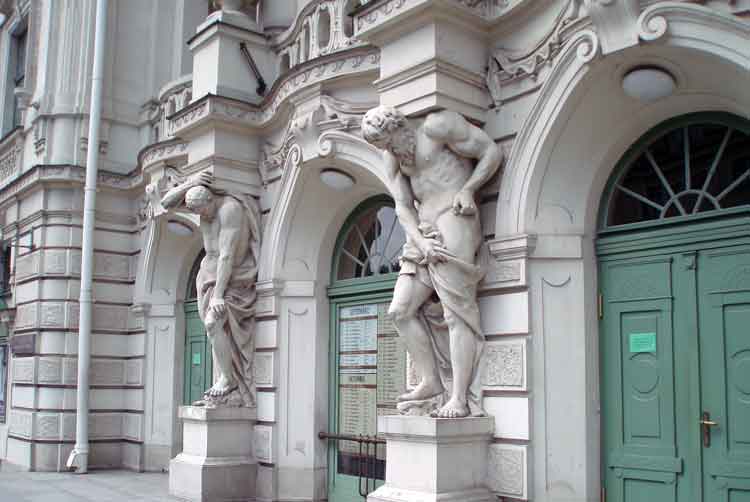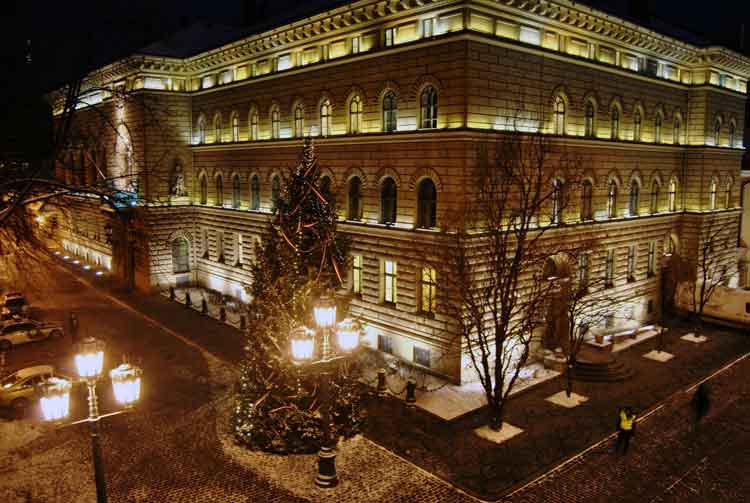A generous infusion of EU funds further protected Rīga’s Unesco-protected castle core, while audacious attempts at civic, sculpture-like architecture have given the culture capital a certain 21st-century flair.

Apparently, when Queen Elizabeth II spent a day in town, she had both lunch and dinner at Vincents, and other world figures have followed suit. The head chef inaugurated the Slow Food movement, and has used his restaurant to give chefs-in-training the chance to hone their craft. The dishes are of Michelin proportions, served in stylish, Van Gogh inspired surrounds.
A classic manor house in the heart of the city gets a sleek, geodesic dome for an old-meets-new vibe; the epitome of modern Rīga. Hotel Bergs has been a cabbage farm, a turn-of-the-century shopping arcade, a printing house, Rīga’s first petrol station, a casualty of Soviet neglect, and the city’s premier hotel since the early 2000s. It defines the term ‘luxury’, from the lobby’s rococo portraits and suites with monochromatic furnishings to distinguished guests including Lady Gaga.
Browse more of the finest spots to rest your head in our collection of Rīga's best places to stay.
Held over the summer solstice (23 and 24 June), Līgo and Jāņi are Rīga’s most important days, celebrated with deep pagan undertones. Though most city dwellers flock to the countryside for bonfires, beers and naked frolicking, the capital remains lively, with parades and locals dressed in traditional garb.

Rīga’s House of the Blackheads was known for its wild parties; it was a clubhouse for unmarried merchants. On a cold Christmas Eve in 1510, a squad of bachelors, full of holiday spirit (and other spirits, so to speak), hauled a great pine tree up to their clubhouse and smothered it with flowers. At the end of the evening, they burned the tree to ground in an impressive blaze. From then on, decorating the ‘Christmas Tree’ became a tradition, which eventually spread across the globe (as you probably know, the burning part never really caught on). An octagonal commemorative plaque, inlaid in cobbled Rātslaukums, marks the spot where the original tree once stood; nothing’s quite like gathering around at Christmas time when a majestic tree towers over the square, lights aglow.
This article was first published in October 2013, and was updated in October 2015.